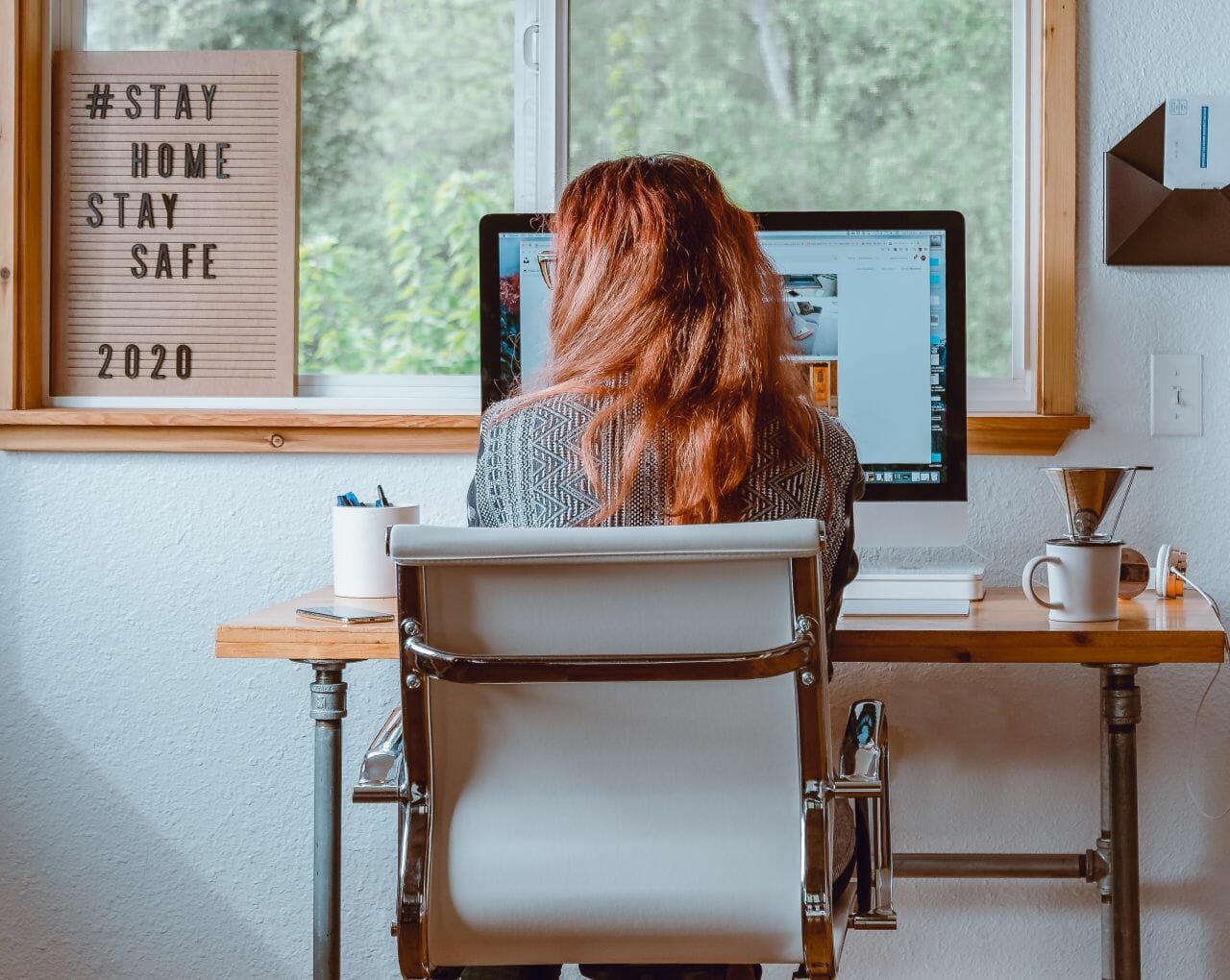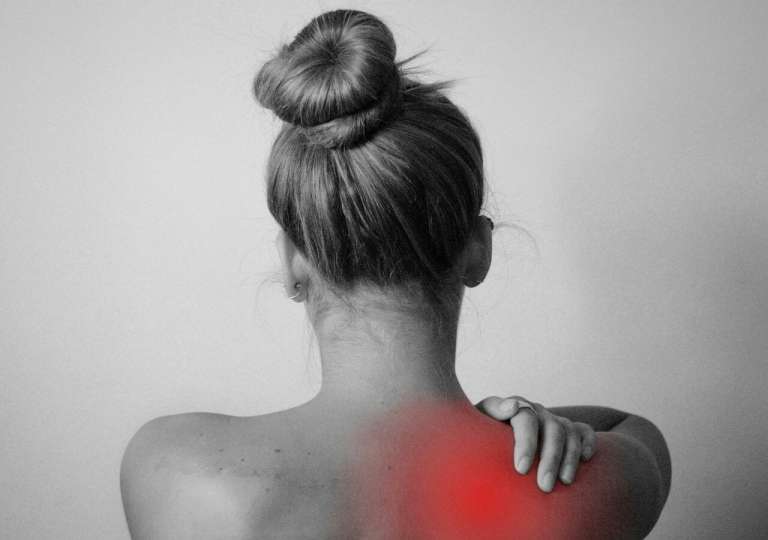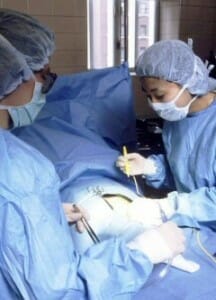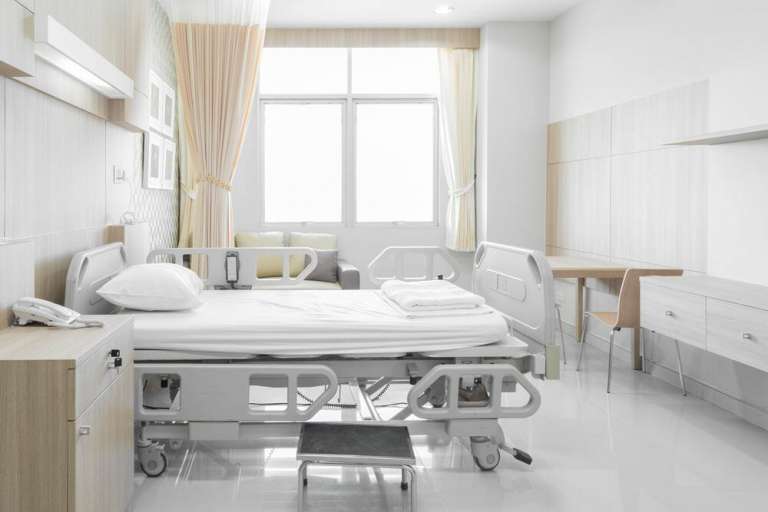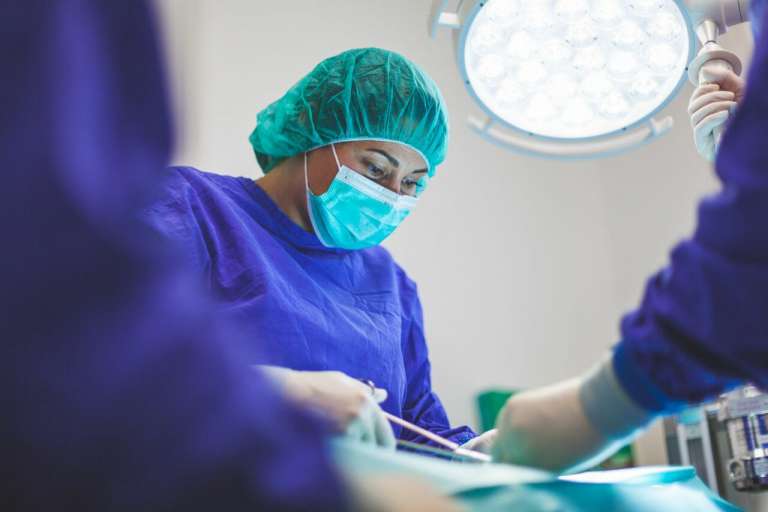Business as Usual
Back in early March, which now seems like a lifetime ago, Pryers was a law firm based out of our offices on The Stonebow in York. Me, like all my colleagues love the great location, in the heart of York city centre. There is car park across the road and a cycle park and bus stop right outside the front door. Getting to and from work was rarely an issue. In fact, we appreciated working with our colleagues in the office and remote working was rarely a concern. So, as the news of Covid-19 broke, we like many other businesses were beginning to think how would we cope if we were no longer able to come into the office.
Introducing Remote Working
In early March we started to put some thoughts together, but it was difficult to predict what restrictions the Government were going to impose. So, when Boris Johnson announced on 16 March that anyone who could work from home, should do, we leaped into action. It was a Monday evening, but within hours I was talking to the Management Committee at Pryers, working out what this meant for us. We were determined to protect the wellbeing of all our colleagues and our local community as quickly and safely as possible. Despite the whole workforce traditionally being office base, we quickly decided that there were very few roles that had to be in the office. We therefore agreed to make sure that everyone who could, should be set up to work from home immediately.
Kelly McSeveney, Head of Operations, worked closely with our IT Manager, Jonny Gill, to establish what equipment was needed. Some were able to just pick up where they had left off on that Monday afternoon, in their homes. Some, however, needed new equipment, access to systems. I am extremely proud of how quickly everyone mobilised behind this objective. Within days, we had a fully functioning workforce, working remotely from all over Yorkshire. This meant that when the announcement was made about the formal lockdown, the following Monday evening, we were ready.
The New Normal
Jonny Gill has since made many improvements, including upgrades to our broadband, the roll out of Microsoft Teams and a new telephony system. We quickly adapted to our new remote working. We implemented daily and weekly video calls over Microsoft Teams to keep in touch with each other. I hosted weekly socials, with music, quizzes and bingo to keep the teams entertained and help mark the arrival of the weekend. This was particularly useful to help keep those furloughed in touch with the business on a completely social and fun aspect.
I am in awe of how much progress we have made when I look back on where we were at the beginning of the year to how we are working now. We have made sure we have listened to our colleagues, working with them individually to find a way that works for them. Very many of them have adapted very quickly, but there have been a few that have struggled to find a suitable working environment at home. As the restrictions have lifted, we have worked with them to find ways to help them succeed.
A Look to the Future
So, what happens next? The pandemic is far from over, but the risks are reducing so we are offering a voluntary return to the office. Letting those colleagues who would prefer to work in an office environment return to the office on a voluntary basis. We have put in very strict measures to continue to protect our colleagues and visitors to the office. Providing PPE to reduce the risk of infection and we have carried out a robust risk assessment.
We are also continuing to listen to our colleagues. It is very unlikely that everyone is going to rush back into the office. Many have adapted well to this new way of working. We want to find the perfect solution that continues to provides both the flexibility that people have grown used to and our traditional working environment that some are yearning for.

